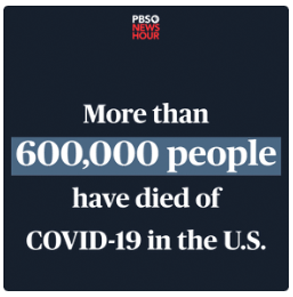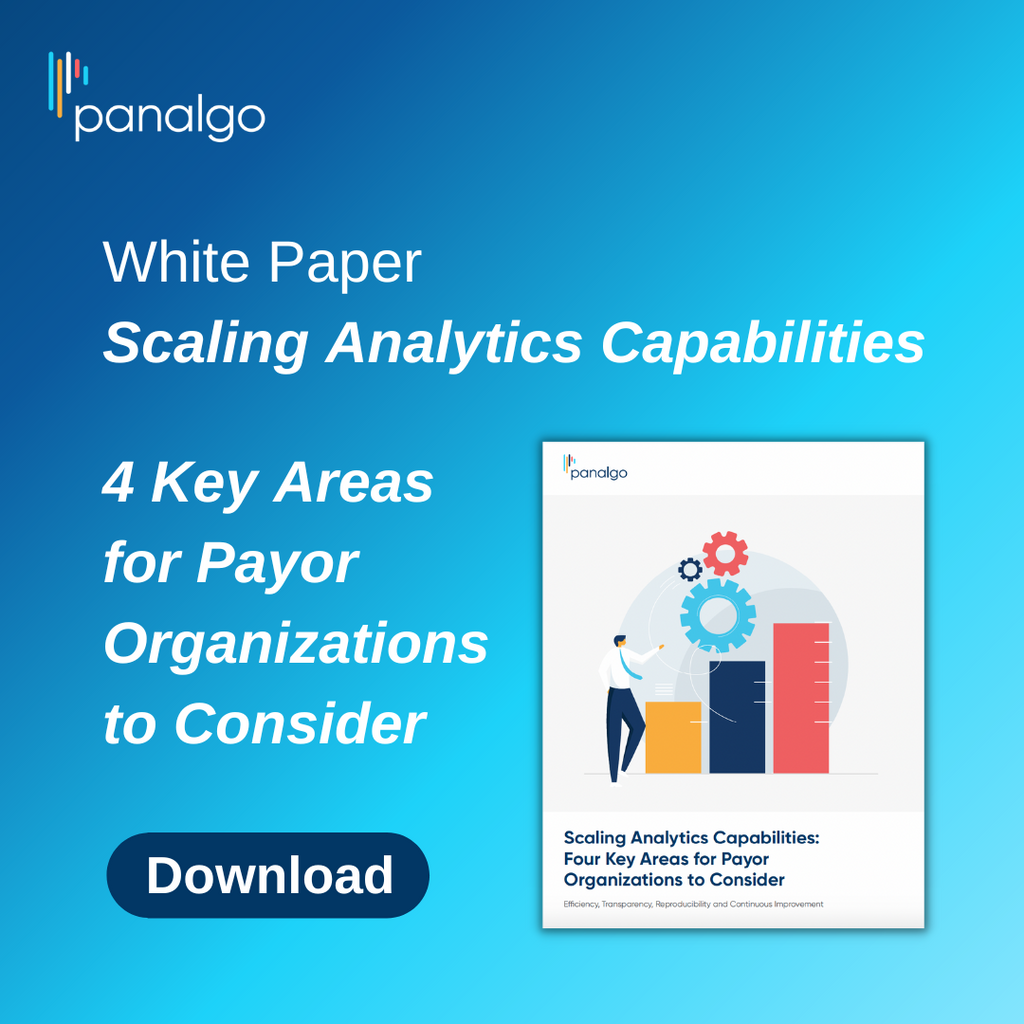Health Plan Weekly
-
Greater Insurer Market Power Is Tied to Lower Hospital Prices
The higher the market share of the leading insurer in a state, the lower the negotiated prices were that the insurer paid to hospitals, according to a new study published in Health Affairs, which used market concentration data from 2019 and payer-specific negotiated prices from 1,446 acute care hospitals as of the end of 2021.
The level of insurer market concentration varied significantly across the nation. In states like Alabama and Alaska, the dominant insurers held a near-monopoly position with market share over 71%, while the leading health plans in states like New York and Wisconsin faced a more competitive environment. The study found that market leaders in the most concentrated markets paid 15% less to hospitals than those in the least concentrated markets.

-
News Briefs: Uninsured Rate Dips to 8.4% in 2022
The national uninsured rate in 2022 was 8.4%, down from 9.2% in 2021 and 9.7% in 2020, according to the Centers for Disease Control and Prevention’s National Health Interview Survey. In a May 18 research note, Citi analyst Jason Cassorla noted that the lower uninsured rate is “not surprising” given efforts to make the Affordable Care Act marketplaces more affordable and accessible, such as elongated special enrollment periods and enhanced premium subsidies. Another likely factor is the Medicaid continuous enrollment requirement that was in place until April 1, 2023, due to the COVID-19 public health emergency. Since Medicaid eligibility redeterminations have now resumed, “we would expect upward pressure on the uninsured rate” going forward, Cassorla wrote, but he added that a “partial offset” would come from newly Medicaid-ineligible individuals signing up for ACA marketplace coverage.
-
Cigna Remains Atop Stop-Loss Segment, but Blues Muscle Up
With premiums steadily rising and turbulence shaking up the market-share leaderboard, the stop-loss insurance segment has become integral to many health plans’ portfolios in recent years. Experts believe the level of competition will only grow as more employers transition to self-funded plans.
Net premiums earned (NPE) for stop-loss insurance, an additional layer of coverage that protects employers against extremely high-dollar claims, reached $26 billion in 2021, according to a new report from credit rating firm A.M. Best. That’s up from $24 billion in NPE in 2020 — and more than double the $11.6 billion in total NPE seven years earlier in 2014.

-
Stop-Loss Insurance Market Reaches $26 Billion in 2021
As more employers shifted to self-funded health plans, the stop-loss insurance segment expanded to $26 billion in 2021, with a growth rate exceeding 10% in each of the past five years, according to an A.M. Best report. There has been a notable uptick in employers with fewer than 1,000 employees choosing stop-loss insurance since 2018. Although the medical loss ratio for stop-loss has been lower than for group commercial coverage over recent years, it rose from 81.5% in 2020 to 85.0% in 2021, largely due to a year-over-year increase in stop-loss claims from major insurers and several other insurers that had claims for the first time in 2021.
-
$6M Settlement Sheds Light on Ongoing ‘Shady Behavior’ of Some MEWAs
After the Trump administration loosened the regulations governing association health plans — and ignited a court battle that ultimately blocked the new rules — AHPs and their close cousin, multiple employer welfare arrangements (MEWAs), have largely faded from the headlines. However, a recent announcement from the Dept. of Labor (DOL) regarding a MEWA that failed to pay $54 million in health claims shows that the fraud and insolvency issues that have long plagued such plans haven’t gone away.
“My sense is that there are what we call self-funded MEWAs out there that may be kind of operating under the regulatory radar,” says Sabrina Corlette, co-director of Georgetown University’s Center on Health Insurance Reforms (CHIR).












